Home>diy>Planning & Engineering>How Difficult Is It To Transition From A Political Science Major To Becoming A Landscape Architect?


Planning & Engineering
How Difficult Is It To Transition From A Political Science Major To Becoming A Landscape Architect?
Modified: October 20, 2024
Discover how challenging it is to switch from a political science background to a career in landscape architecture. Explore the transition process and the role of planning-engineering.
(Many of the links in this article redirect to a specific reviewed product. Your purchase of these products through affiliate links helps to generate commission for Storables.com, at no extra cost. Learn more)
Introduction
Transitioning from one field of study to another can be an exciting and challenging endeavor. For those who have pursued a degree in Political Science and are considering a career change to become a Landscape Architect, it is natural to have questions and concerns about the transition process. While these two fields may appear vastly different on the surface, there are indeed transferable skills and knowledge that can be leveraged to successfully navigate the transition.
In this article, we will explore the journey from a Political Science major to becoming a Landscape Architect. We will discuss the skills and knowledge that can be transferred between these two fields, as well as the challenges and obstacles that may arise during the transition. Furthermore, we will provide resources and support that can aid in this transition and showcase success stories of individuals who have made this career switch.
So, if you’re a Political Science major with a passion for design, the environment, and improving our outdoor spaces, read on to discover how you can turn your passion into a fulfilling career in Landscape Architecture.
Next, let’s delve into what a Political Science major typically entails.
Key Takeaways:
- Transitioning from Political Science to Landscape Architecture is feasible, leveraging skills like research, critical thinking, and communication. Overcoming challenges through education, networking, and perseverance can lead to a successful career switch.
- Success stories of individuals who made the transition highlight the potential for a fulfilling career in Landscape Architecture. With dedication, support, and a passion for design and the environment, a Political Science background can be leveraged to thrive in this field.
Read more: How To Become Landscape Architect
Overview of Political Science Major
The field of Political Science focuses on the study of governments, political systems, and political processes. Students pursuing a degree in Political Science gain a deep understanding of political ideologies, policy analysis, international relations, and the workings of government institutions.
Throughout their coursework, Political Science majors develop critical thinking, research, and analytical skills. They learn how to analyze political events, assess the impact of policies, and understand the complexities of power dynamics. Additionally, students gain a comprehensive understanding of political theory, constitutional law, and public administration.
Political Science majors also acquire strong written and oral communication skills, as they often engage in in-depth research, write persuasive essays, and participate in class discussions and debates. They develop the ability to articulate their views and effectively convey information to various audiences.
Furthermore, a Political Science major provides a broader perspective on social issues, global affairs, and the interplay between government and society. Students gain insights into how political decisions impact individuals and communities, and they develop a sense of social responsibility and civic engagement.
While Political Science primarily focuses on the field of politics and government, the skills and knowledge acquired in this field can be applied in various professional domains. One such domain is Landscape Architecture.
Now that we have an understanding of the Political Science major, let’s explore the world of Landscape Architecture and how these two fields intersect.
Overview of Landscape Architecture Profession
Landscape Architecture is a multidisciplinary field that combines elements of design, environmental science, and horticulture to create functional and aesthetically pleasing outdoor spaces. Landscape architects play a crucial role in designing and planning landscapes for a variety of purposes, including parks, gardens, urban spaces, residential and commercial developments, and even ecological restoration projects.
As professionals in this field, landscape architects are responsible for conceptualizing and executing designs that enhance the natural and built environment. They consider factors such as sustainability, accessibility, cultural significance, and user experience when developing designs. Their work involves the careful selection of plant species, the integration of hardscape elements like walkways and structures, and the consideration of environmental factors such as drainage and ecosystem preservation.
Landscape architects collaborate closely with clients, architects, engineers, and other stakeholders to bring their designs to life. They create detailed plans, drafts, and digital representations of their designs, utilizing computer-aided design (CAD) software and other advanced tools. Additionally, they may oversee the implementation of their designs and ensure that they are executed according to their specifications.
Within the field of Landscape Architecture, there are various specializations and areas of focus. Some landscape architects specialize in residential design, creating beautiful gardens and outdoor living spaces. Others may focus on urban design, working on projects that enhance the functionality and aesthetic appeal of cities and towns. There are also those who specialize in environmental restoration, working to revitalize natural ecosystems and protect biodiversity.
Overall, the field of Landscape Architecture offers a wide range of career opportunities for individuals with a passion for design, the environment, and creating sustainable outdoor spaces. Now that we have an overview of the Landscape Architecture profession, let’s explore the skills and knowledge that can be transferred from a Political Science major to this field.
Skills and Knowledge Transferable from Political Science to Landscape Architecture
While the fields of Political Science and Landscape Architecture may seem distinct, there are several transferable skills and knowledge that can be leveraged when transitioning from one to the other.
1. Research and Analysis: Political Science majors are trained to conduct thorough research and analyze complex information. This skill can be invaluable in Landscape Architecture, where designers need to study and analyze site conditions, environmental factors, and user needs. The ability to gather and interpret data effectively allows landscape architects to make informed design decisions.
2. Critical Thinking and Problem Solving: Political Science majors develop strong critical thinking skills, enabling them to understand and assess complex political issues. This ability to analyze and evaluate information can be applied to landscape design, where architects must consider various factors and find creative solutions to design challenges.
3. Oral and Written Communication: Political Science majors often engage in debates, discussions, and write persuasive essays. This experience enhances their communication skills, allowing them to effectively articulate ideas and collaborate with clients, colleagues, and stakeholders in the landscape architecture field.
4. Understanding of Social and Environmental Issues: Political Science majors gain a comprehensive understanding of social dynamics, environmental policies, and sustainable development. This knowledge is highly relevant to Landscape Architecture, as designers must consider the social and environmental impact of their designs. They need to create spaces that are functional, aesthetically pleasing, and environmentally sustainable.
5. Ability to Work with Diverse Stakeholders: Political Science majors often navigate complex political environments and work with a diverse range of stakeholders. This experience equips them with the skills to collaborate with different parties involved in landscape architecture projects, including clients, local government officials, community members, and environmental organizations.
6. Attention to Detail and Organization: Political Science majors are trained to pay attention to details and organize large amounts of information. This skill is crucial in Landscape Architecture, where designers need to manage multiple aspects of a project, including site analysis, design plans, budgeting, and project timelines.
These transferable skills, coupled with a willingness to learn and adapt, can pave the way for a successful transition from Political Science to Landscape Architecture. While there may be challenges along the way, it is important to have a clear understanding of the potential obstacles and seek support to overcome them, which we will explore in the next section.
Consider pursuing a minor or taking elective courses in environmental design, horticulture, or landscape architecture to gain relevant skills and knowledge. Networking with professionals in the field can also provide valuable insights and opportunities.
Challenges and Obstacles of Transitioning from Political Science to Landscape Architecture
Transitioning from Political Science to Landscape Architecture can present its own set of challenges and obstacles. It is essential to be aware of these challenges and develop strategies to overcome them in order to successfully navigate the transition.
Lack of Technical Knowledge: One of the primary challenges for individuals transitioning from Political Science to Landscape Architecture is the potential lack of technical knowledge and skills specific to the field. Landscape Architecture requires proficiency in design software, knowledge of plant species, and understanding of construction principles. Overcoming this challenge may involve enrolling in specialized courses or seeking out certifications to acquire the necessary technical expertise.
Building a Portfolio: In the landscape architecture field, having a strong portfolio is crucial to showcase your design skills and experience. This can be a challenge for those without a formal education or professional background in landscape architecture. However, there are ways to develop a portfolio, such as undertaking side projects, collaborating with local organizations, or volunteering for landscape design initiatives.
Networking and Industry Connections: Building a network of industry professionals is crucial in any career transition. Political Science majors may have limited contacts within the landscape architecture field, making it challenging to establish connections and find job opportunities. Attending industry events, joining professional organizations, and reaching out to local landscape architects can help to expand your network and gain valuable connections.
Starting at Entry-level Positions: Transitioning to a new career often means starting at an entry-level position, despite previous expertise in another field. This can be disheartening for some individuals, but it is important to view entry-level positions as opportunities to gain practical experience and learn from experienced professionals. With dedication, hard work, and a passion for the field, career advancement opportunities will arise over time.
Financial Considerations: Changing careers may involve financial considerations, especially if additional education or certifications are required. It is important to plan for the financial implications of the transition, whether it involves saving for tuition fees, adjusting budgets, or exploring financial aid options. Additionally, seeking out scholarships or grants specific to career transitions can help offset some of the financial burden.
Managing Expectations and Patience: Transitioning to a new career takes time, patience, and perseverance. It is essential to manage expectations and understand that success may not come overnight. There may be setbacks and challenges along the way, but staying positive, focused, and committed to the transition process will ultimately lead to achieving your desired career goals.
By acknowledging these challenges and planning proactive strategies to address them, individuals transitioning from Political Science to Landscape Architecture can navigate the obstacles more effectively and increase their chances of success in this new field.
Read more: How To Become A Landscape Architect In Texas
Resources and Support for Transitioning from Political Science to Landscape Architecture
Transitioning from Political Science to Landscape Architecture requires the acquisition of new skills, knowledge, and industry connections. Fortunately, there are numerous resources and support systems available to assist in this career transition process.
1. Educational Programs and Courses: Many universities and colleges offer post-baccalaureate programs or continuing education courses specifically designed for individuals looking to transition into the field of Landscape Architecture. These programs provide the necessary technical knowledge and skills required in the industry.
2. Professional Associations and Organizations: Joining professional associations and organizations, such as the American Society of Landscape Architects (ASLA) or local landscape architecture associations, can provide valuable resources and networking opportunities. These organizations often offer mentorship programs, workshops, and educational events to support individuals transitioning into the field.
3. Internships and Apprenticeships: Seeking out internships or apprenticeships in landscape architecture firms can provide hands-on experience and a chance to learn from industry professionals. These opportunities not only allow for skill-building but also provide valuable industry connections and potential job opportunities.
4. Mentorship Programs: Connecting with experienced professionals in the field through mentorship programs can be immensely helpful. Mentors can provide guidance, advice, and insider knowledge about the landscape architecture profession, as well as offer support and encouragement during the career transition process.
5. Online Resources and Courses: There are numerous online resources and courses available that can supplement formal education and provide self-paced learning opportunities. Websites, online forums, and educational platforms offer a wealth of information on landscape architecture principles, design software tutorials, and case studies.
6. Volunteering and Community Projects: Engaging in volunteering opportunities or participating in community projects focused on landscape design can provide valuable hands-on experience. These initiatives allow individuals to practice their skills, build a portfolio, and contribute to their communities while transitioning into the field.
7. Career Counseling Services: Career counseling services within educational institutions or through private career coaching can offer guidance and support during the career transition process. Career counselors can provide advice on resume building, interview preparation, and assist in identifying suitable opportunities in the field.
8. Networking and Professional Events: Attending industry events, workshops, and conferences provides opportunities to network with professionals in the landscape architecture field. Building connections and engaging in conversations with experienced practitioners can open doors to job opportunities and mentorship possibilities.
9. Online Portfolios and Professional Websites: Creating an online portfolio or professional website showcasing your work, skills, and passion for landscape architecture allows potential employers and clients to view your capabilities. These platforms serve as a digital resume and can greatly enhance your visibility and credibility within the field.
By utilizing these resources and seeking support from various channels, individuals transitioning from Political Science to Landscape Architecture can enhance their knowledge, skills, and industry connections, ultimately increasing their prospects within the profession.
Success Stories of Individuals Who Transitioned from Political Science to Landscape Architecture
Transitioning from Political Science to Landscape Architecture may seem like a significant leap, but many individuals have successfully made this career change and forged fulfilling paths in the field. Here are a few inspiring success stories of individuals who navigated this transition:
1. Sarah Adams: After earning a Bachelor’s degree in Political Science, Sarah decided to pursue her passion for sustainable design and landscapes. She enrolled in a post-baccalaureate Landscape Architecture program, where she gained the necessary technical skills and knowledge. Sarah landed an internship at a prestigious landscape architecture firm and, with hard work and dedication, eventually secured a full-time position as a landscape designer. Today, she contributes to innovative projects that promote sustainability and create impactful outdoor spaces.
2. Mark Thompson: Mark began his career in politics, working for several government agencies. However, he always had a passion for design and environmental conservation. Mark took evening courses in landscape design while working full-time. Through networking and volunteering, he connected with professionals in the landscape architecture field who recognized his dedication and potential. Mark eventually transitioned to a landscape architecture firm, where he now leads projects focused on urban revitalization and ecological restoration.
3. Jennifer Lee: Jennifer initially pursued a career in public administration after completing her degree in Political Science. However, her love for outdoor spaces and design inspired her to make a career shift. Recognizing the need for additional education, Jennifer enrolled in a Master’s program in Landscape Architecture. Throughout her studies, she developed a specialization in urban design and public spaces. Today, Jennifer works for a renowned landscape architecture firm, where she spearheads projects that transform urban environments into vibrant, people-friendly spaces.
4. David Patel: David’s Political Science background fueled his interest in social justice and community development. Drawn to the transformative power of landscapes, he decided to pursue a career in Landscape Architecture. David combined his knowledge of policy analysis and community engagement with his technical skills in landscape design. He founded his own landscape architecture firm, specializing in projects that prioritize equity, accessibility, and sustainability.
These success stories demonstrate that it is indeed possible to transition from Political Science to Landscape Architecture and thrive in this new field. With dedication, perseverance, and a passion for creating beautiful and functional outdoor spaces, individuals can leverage their Political Science background to make a positive impact in the landscape architecture profession.
As you embark on your own journey, remember that each path is unique. Take inspiration from these success stories and tailor your transition to your own strengths and interests. With the right mindset and support, you can transform your passion for design and the environment into a successful career in Landscape Architecture.
Conclusion
Transitioning from a Political Science major to becoming a Landscape Architect may initially seem like an unconventional move, but it is a journey that offers exciting possibilities and rewarding career opportunities. While the fields of Political Science and Landscape Architecture may differ in their focus, there are several transferable skills, knowledge, and resources that can aid in this transition.
Political Science majors bring valuable analytical thinking, research skills, and an understanding of social and environmental issues to the landscape architecture profession. With further education, hands-on experience, and networking, individuals can bridge the gap between these two disciplines and excel in the field.
Challenges and obstacles are inevitable during this transition, such as acquiring technical knowledge, building a portfolio, and establishing industry connections. However, by utilizing the numerous resources and support available, such as educational programs, professional associations, internships, and mentorship opportunities, individuals can overcome these challenges and find success as landscape architects.
The success stories of those who have made the transition serve as inspiration and proof that with passion, dedication, and the willingness to learn, individuals can carve out fulfilling careers in Landscape Architecture. By leveraging their Political Science background and embracing the principles of design, sustainability, and community engagement, they bring unique perspectives and make a positive impact on the built and natural environments.
So, if you are a Political Science major with a passion for design, the environment, and improving outdoor spaces, don’t hesitate to explore the possibilities of a career in Landscape Architecture. Embrace the journey, seek out the necessary knowledge and experiences, and connect with professionals in the field. With the right combination of skills, determination, and support, you can successfully transition into the world of Landscape Architecture and embrace a fulfilling career shaping the landscapes of tomorrow.
Frequently Asked Questions about How Difficult Is It To Transition From A Political Science Major To Becoming A Landscape Architect?
Was this page helpful?
At Storables.com, we guarantee accurate and reliable information. Our content, validated by Expert Board Contributors, is crafted following stringent Editorial Policies. We're committed to providing you with well-researched, expert-backed insights for all your informational needs.
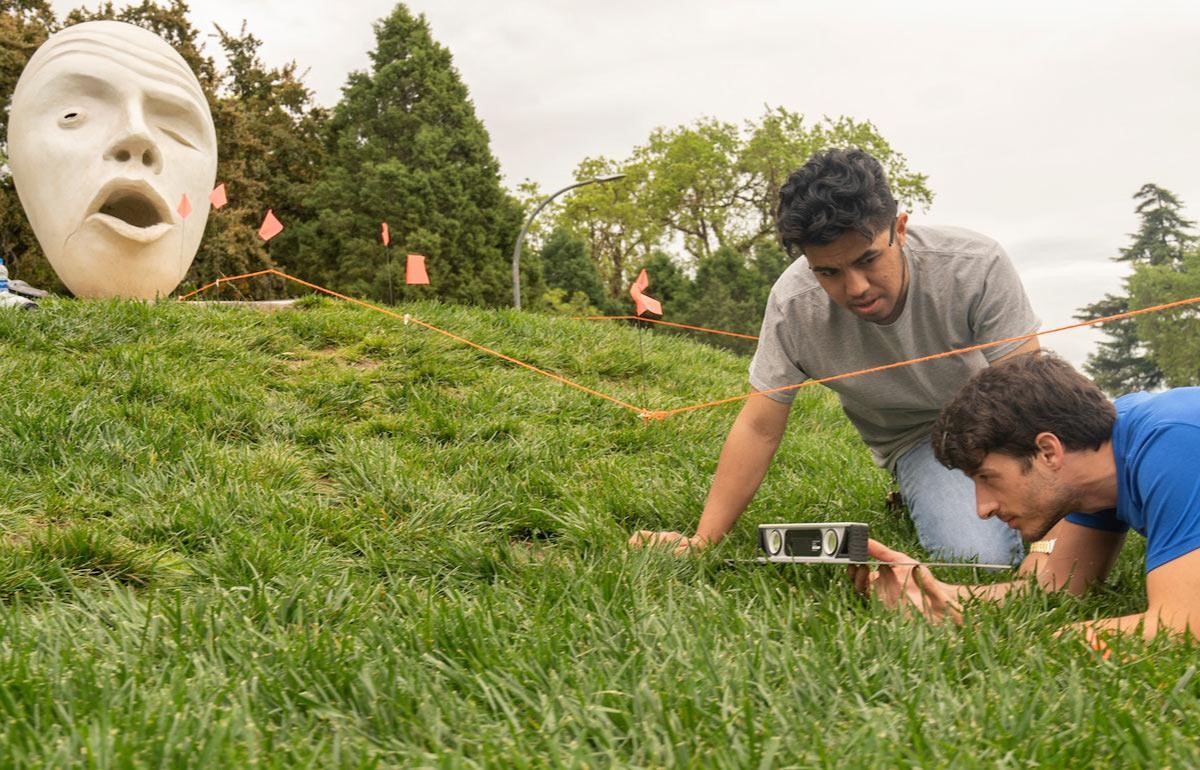
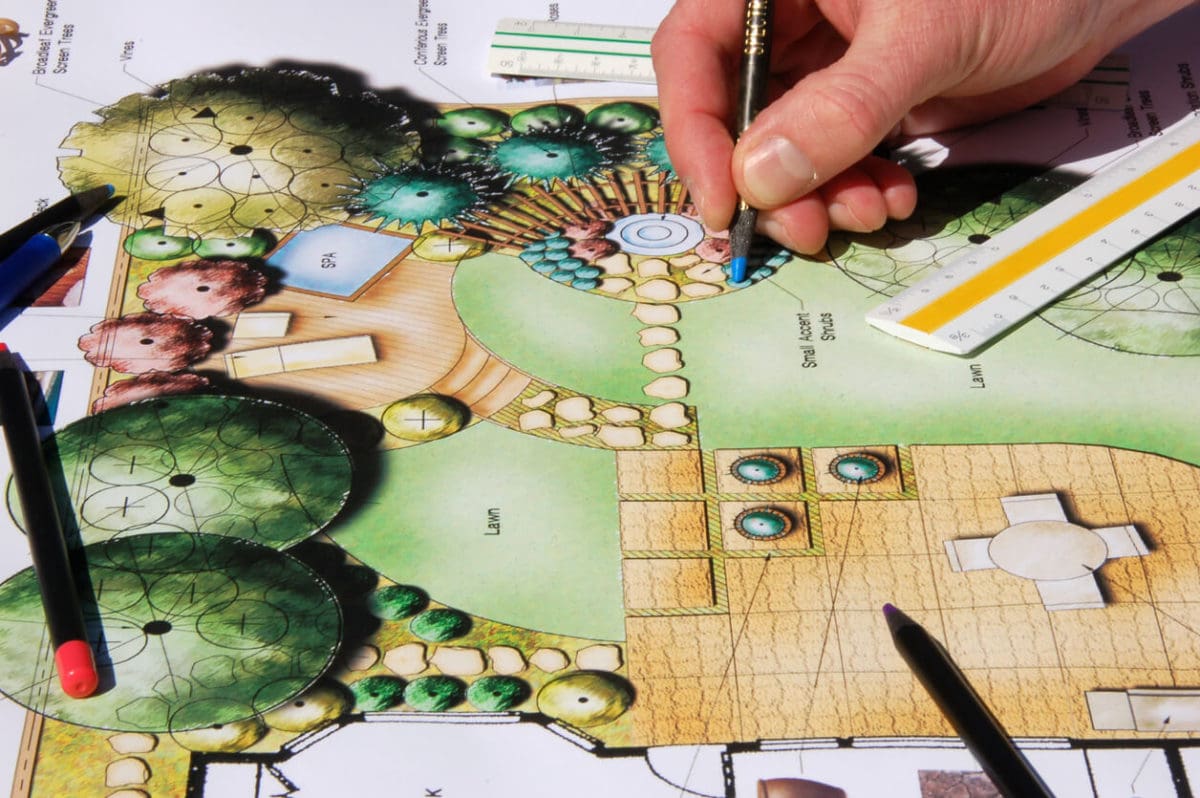


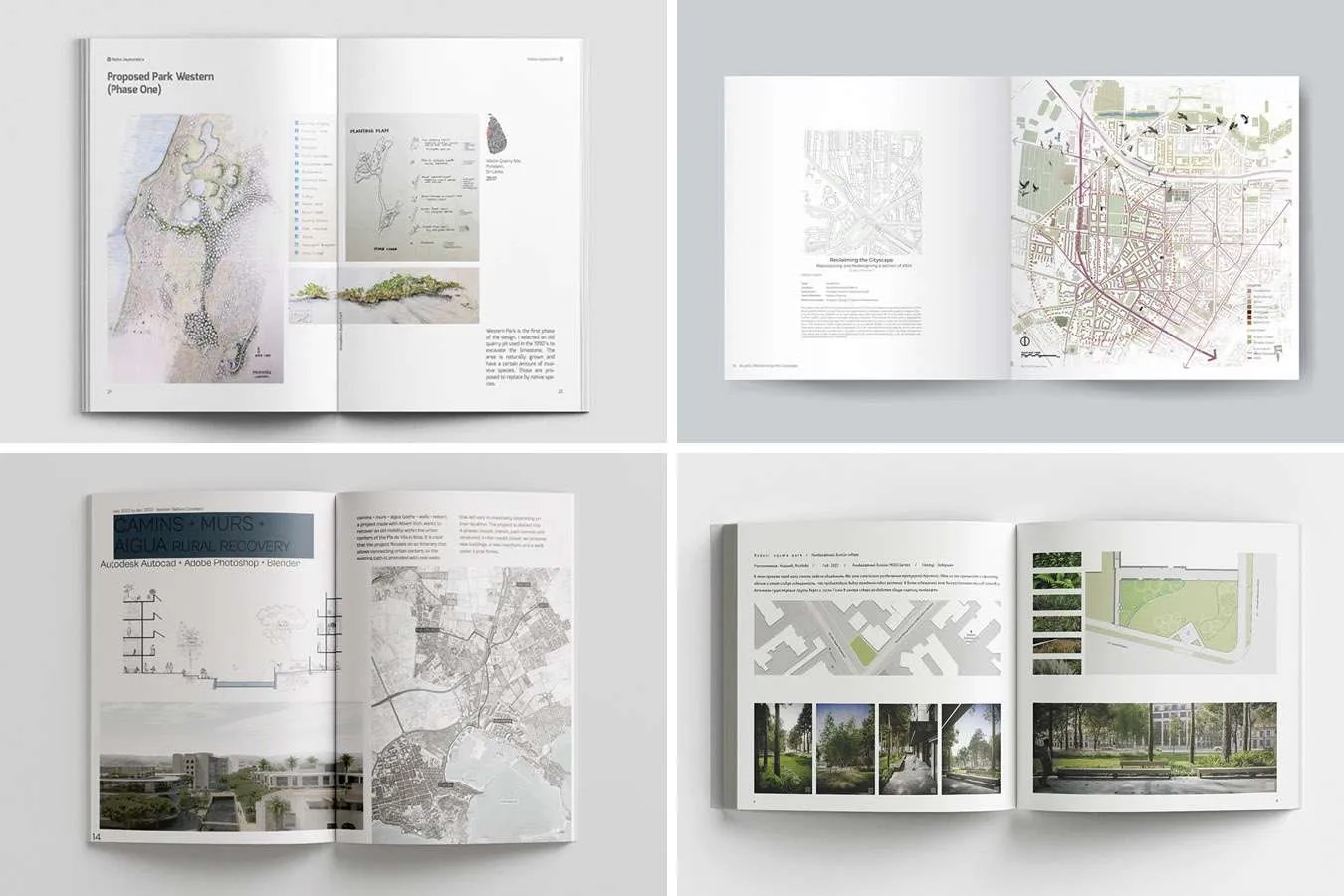


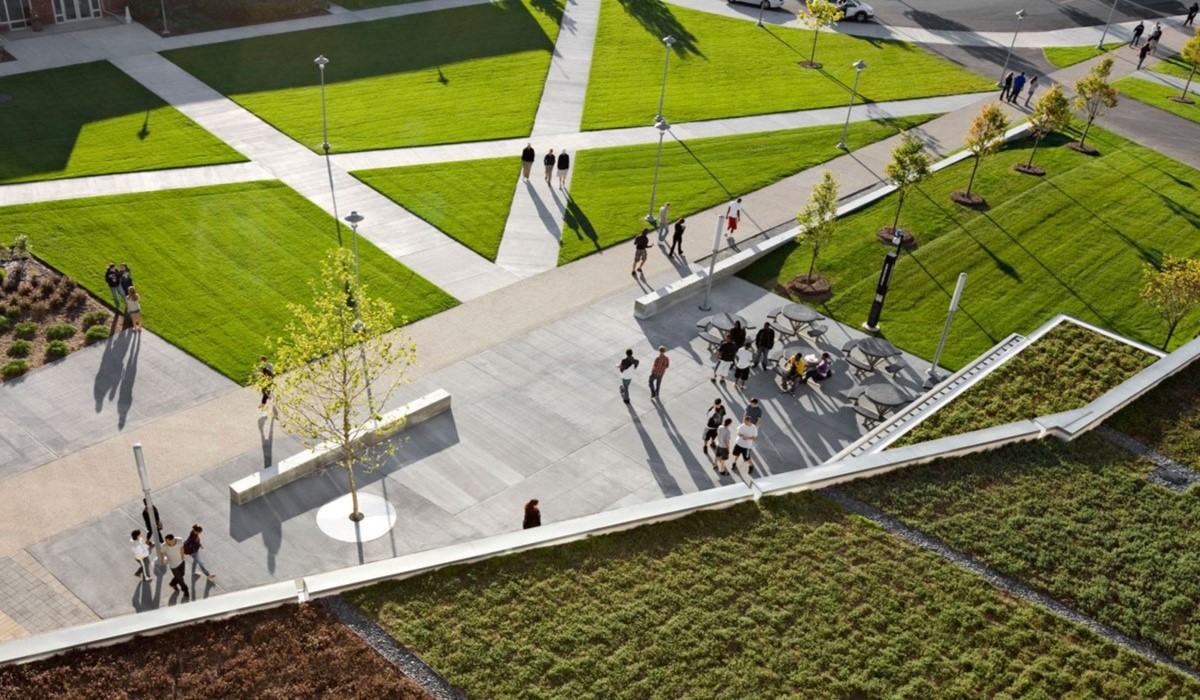
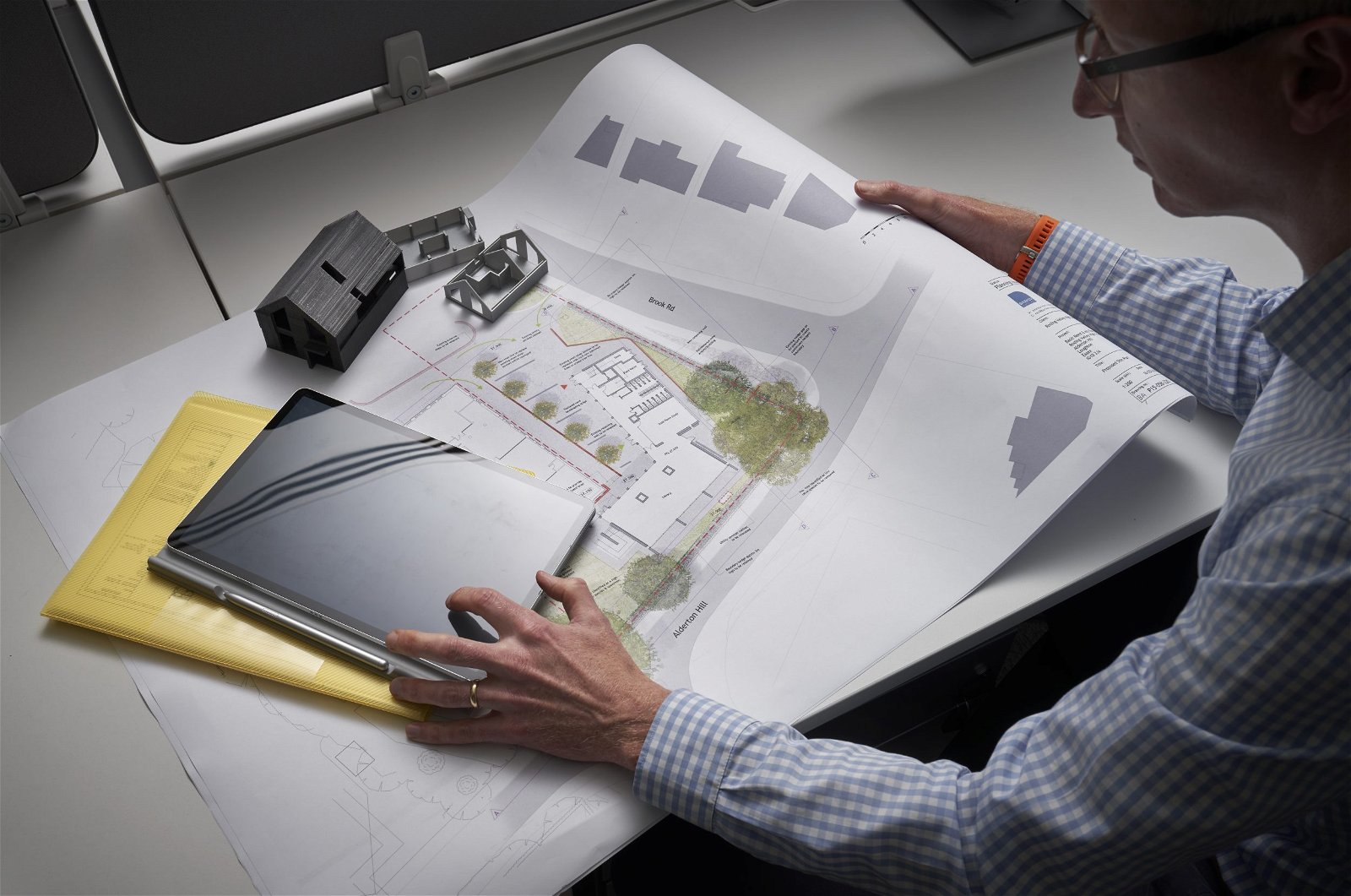
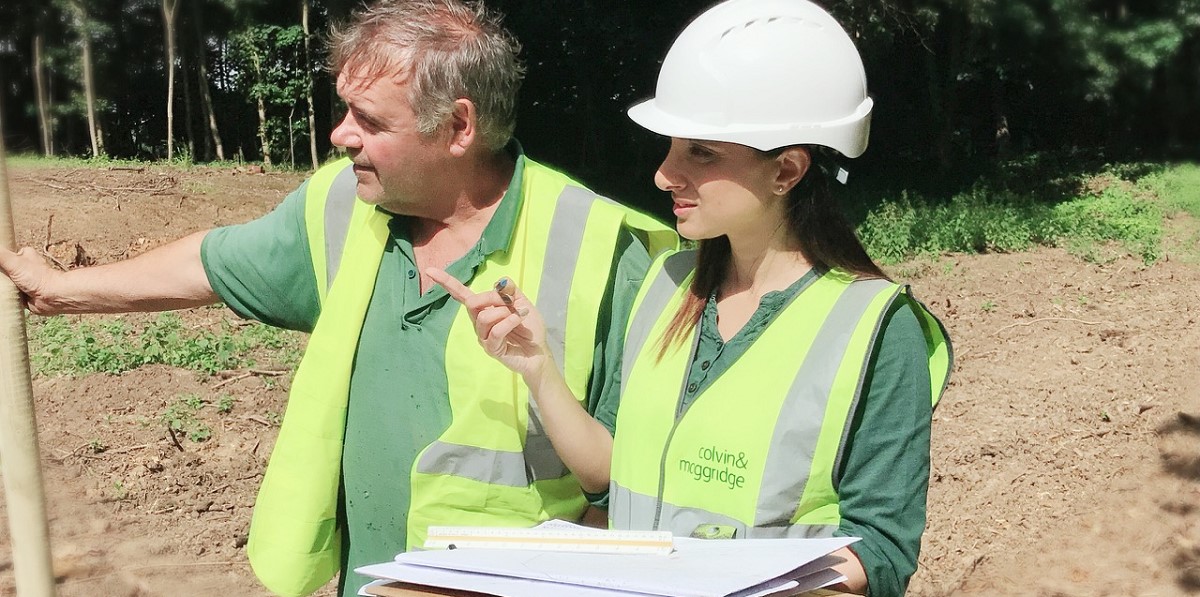
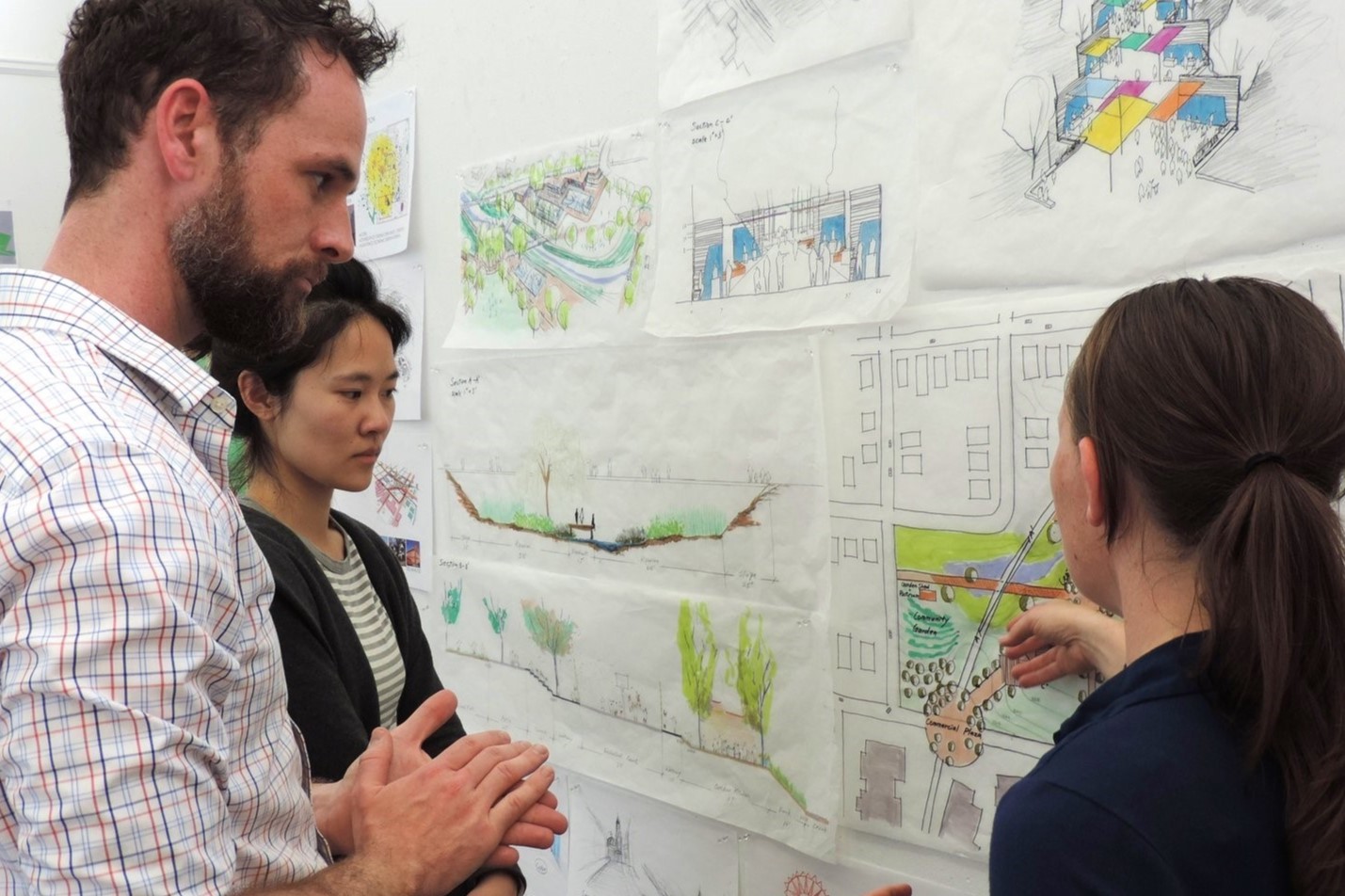
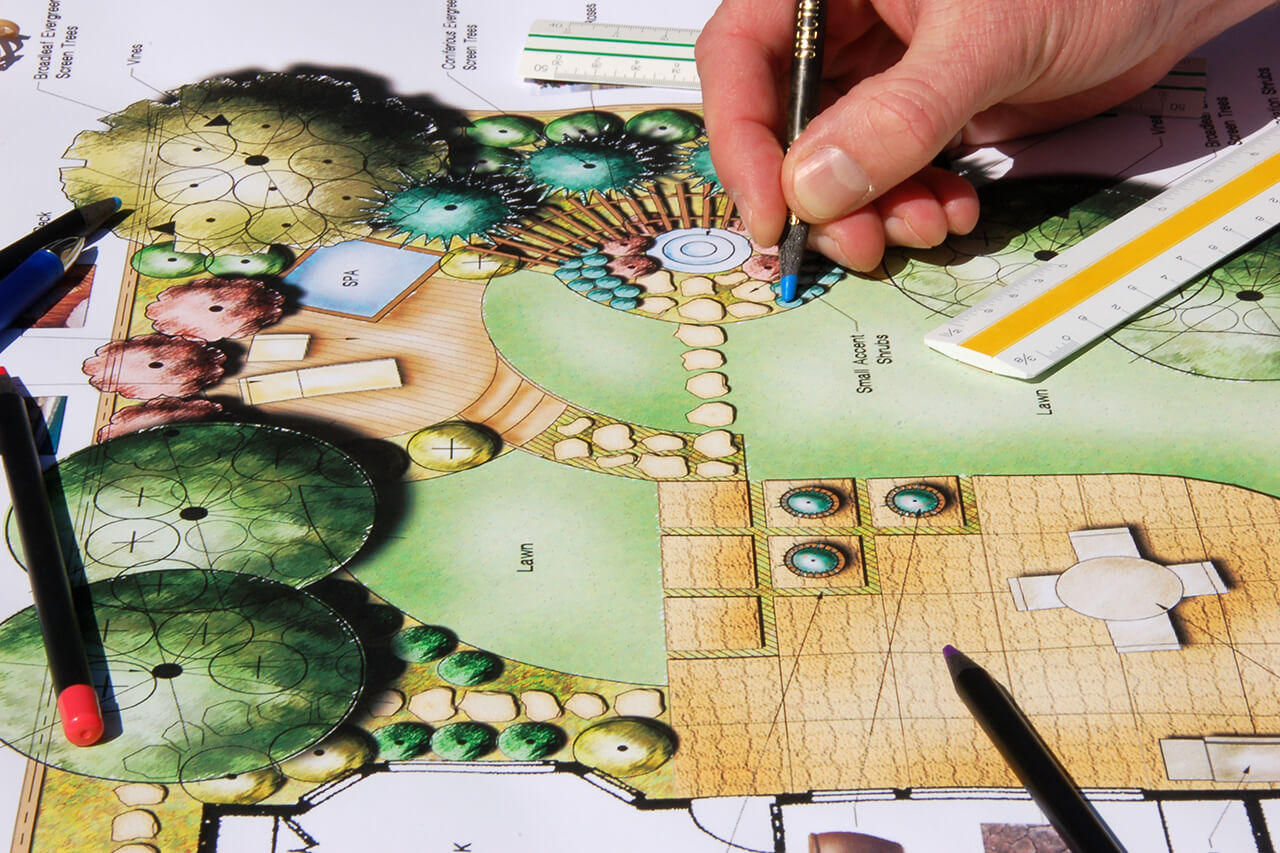



0 thoughts on “How Difficult Is It To Transition From A Political Science Major To Becoming A Landscape Architect?”